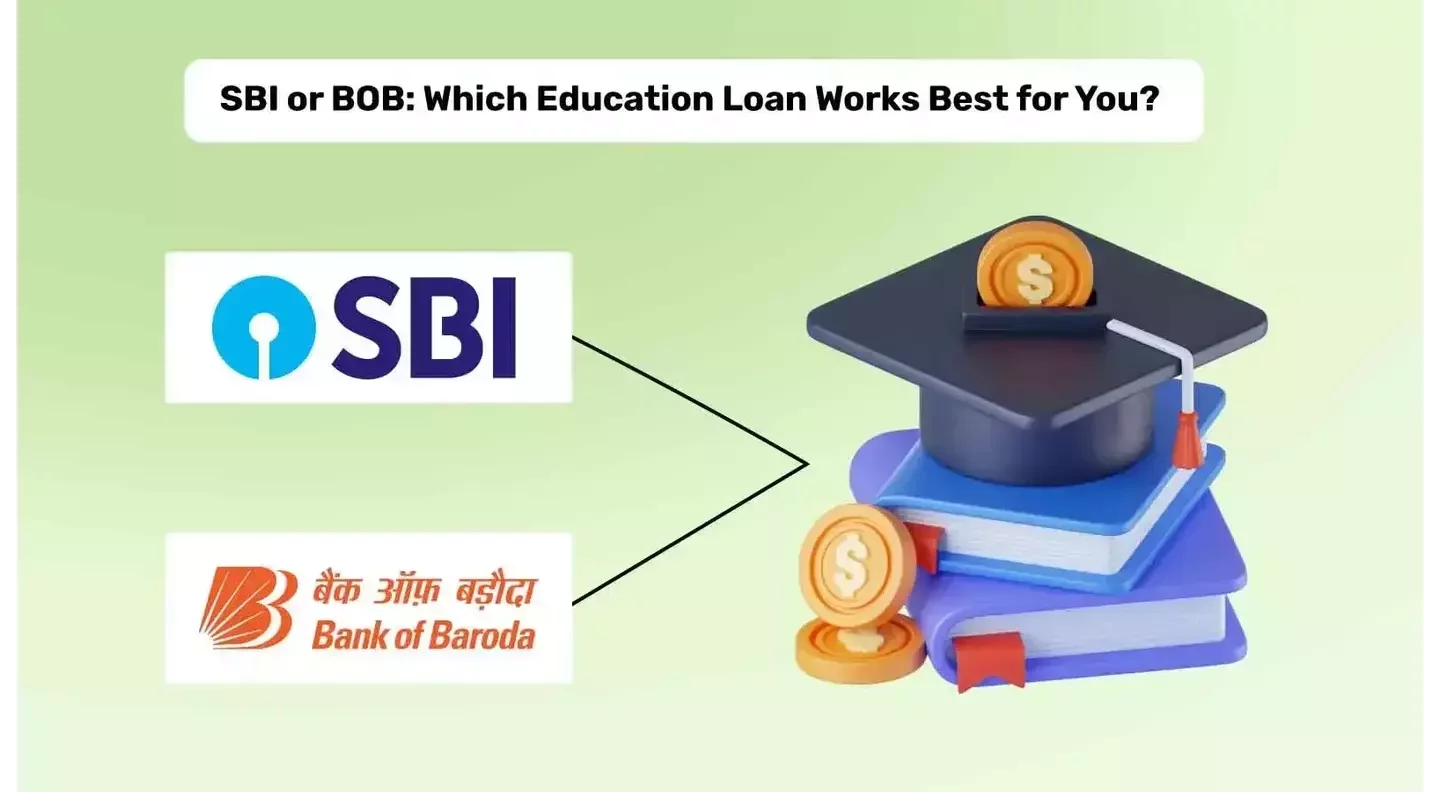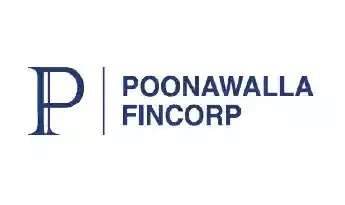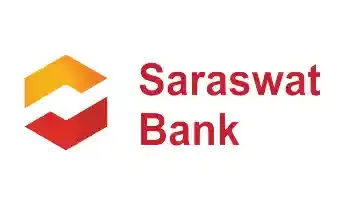Get instant loan offer suitable to your profile !


On this Page:
Read GyanDhan’s comparative guide on UBI vs BOB abroad education loan to choose the right option for you. Compare the interest rates, loan amount, repayment terms & more.
As per the Ministry of Finance, public sector banks disbursed INR 28,699 crore in education loans, while private banks disbursed INR 7,749 crore during the financial year 2023-24. This makes it evident that public sector banks are the preferred choice when it comes to abroad education loans. SBI and BOB are two of the most popular banks for education loans in India, but which one offers better terms for students? Let us compare their features, benefits, and drawbacks to help you make an informed decision.

Before comparing the specific features of education loans, we will start by first understanding the two banks and their education loan schemes for both studies abroad and in India. Both banks offer different loan products to students who aspire to pursue higher education. The table below will help you understand the different loan schemes offered by the State Bank of India and the Bank of Baroda.
| Loan Schemes | State Bank of India | Bank of Baroda |
|---|---|---|
|
For Study in India |
|
|
|
For Study Abroad |
|
|

State Bank of India and Bank of Baroda are the top public sector banks in the study abroad domain. Although both banks offer similar features, it is important to consider certain distinct factors when choosing between them. The table below provides an overview of the differences between BOB and SBI.
| Basis of difference | SBI | BOB |
|---|---|---|
|
Loan amount |
Up to INR 3 crores |
Up to INR 1.5 crores |
|
9.65% (For Women) 10.15% (For Men) |
9.70% - 11.15% (Floating) (0.20% concession for female applicants of non-premier institutes) |
|
|
Insurance |
Compulsory (Rinn Raksha) |
Mandatory for loans above 7.5 lakhs (Group Credit Life Insurance) |
|
Course + 6 months |
Course + 12 months |
|
|
Processing fees |
10,000 INR (non-refundable) |
INR 10,000 + GST (Refundable) |
|
10% in every case |
0 - 15% |
|
|
Loan Approval Basis GRE / GMAT? |
No |
No |
*Interest rate as of April 2025

When it comes to education loans, the State Bank of India and Bank of Baroda have slightly different eligibility requirements. The comparison in this section will help you understand the eligibility criteria that the students need to fulfill.
SBI determines eligibility for its education loans by considering both merit and financial need. Students looking to apply for an SBI abroad education loan should meet the following criteria:





BOB follows a more flexible approach and offers need-based education loans. Students looking to apply for a BOB abroad education loan should meet the following criteria:





Whether you are planning to study in India or abroad, both SBI and BOB have similar document requirements. Below is a simple checklist to make your education loan journey easier.











The interest rate is the percentage imposed by a lender on the borrowed sum, reflecting the expense of borrowing. It plays a crucial role in choosing a bank for an education loan since even slight fluctuations in the interest rate can significantly affect borrowing expenses. Although the State Bank of India and Bank of Baroda both provide floating interest rates based on the EBLR established by the RBI, it's worth noting that they begin at different initial interest rates.


Therefore, If you are a female applicant with a strong academic record, SBI could be a preferred alternative. However, for male applicants, BOB may also be a wise choice.

The moratorium period is a designated duration in which borrowers are exempted from making principal or interest payments. It offers students financial flexibility, enabling them to concentrate on their studies without immediate repayment obligations. Various banks may offer different lengths of moratorium periods, and opting for a bank with a longer moratorium period can grant students more time and financial relief. By carefully evaluating the moratorium periods provided by different banks, students can select a loan provider that suits their financial requirements and offers essential support throughout their academic pursuits.



When deciding between banks for an education loan, it is important to consider the processing fees and margin money as key factors. Processing fees refer to the charges levied by the bank for handling the loan application. Margin money is the portion of the loan amount that you would need to arrange yourself.



Applying for an education loan through GyanDhan simplifies the process for both Bank of Baroda and State Bank of India loans. Below is the step-by-step guide to help you understand the loan application process.







Once the loan is disbursed, you start planning the repayment of your education loan. However, both SBI and BOB offer similar repayment terms. Below are some of the repayment terms that will help you plan your repayment schedule.




So considering a situation in which you need an abroad education loan and your university is on the premiere list of BOB then you can go for a secured education loan with BOB but in case you have plans to be enrolled in a university that is not on the list of premier institutions of BOB then going for SBI would be a wise choice because in here you would only have to arrange 10% as margin whereas it can go up to 15% for BOB.
Both these public sector banks are quite similar in terms of their abroad education loan offerings. But the overall choice between them depends on your requirements as a user. Now that you know several differences between BOB and SBI, you can confidently start your abroad education journey by comparing them on different aspects and analyzing which one aligns more with your requirements. If you still can not decide which is better for you and feel like this is a lot of work for you, then don’t worry, let GyanDhan help you. All you have to do is check your eligibility with us.

SBI offers education loan interest rates
Check Your Education Loan Eligibility

Ask from a community of 10K+ peers, alumni and experts
Trending Blogs
Similar Blogs

Network with a community of curious students, just like you
Join our community to make connections, find answers and future roommates.. Join our CommunityCountry-Wise Loans
Best Lenders for Education Loan

ICICI Bank

Axis Bank

Union Bank

Prodigy

Auxilo

Credila

IDFC

InCred

MPower

Avanse

SBI

BOB

Poonawalla

Saraswat